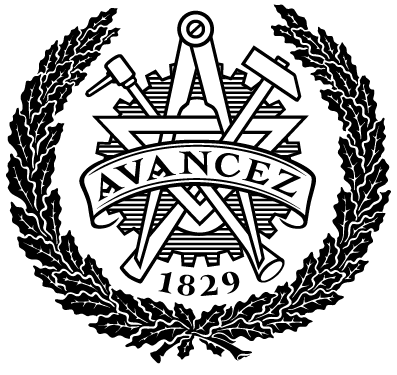Arduino/ROS2 Control Software Development for an Elbow Exoskeleton - The development of the exoskeleton software contributes to the modularity and scalability of the system
Publicerad
Författare
Typ
Examensarbete på kandidatnivå
Bachelor Thesis
Bachelor Thesis
Program
Modellbyggare
Tidskriftstitel
ISSN
Volymtitel
Utgivare
Sammanfattning
The following work presents the development of control software for an elbow exoskeleton, utilizing Arduino and ROS2. The exoskeleton is modeled as a 1-degree-offreedom system with the primary goal of providing support for the user and assisting with movements. Additionally, the system is designed to be modular and scalable, allowing for future adaptations.
To achieve these objectives, research questions were created to more precisely understand what needed to be done to achieve the goals. The questions were also based on the limitations of the projects that were set to make the project feasible since it could easily become very complex. The limitations included using a preexisting frame of the orthosis to focus on software development rather than mechanical design,
focusing on development for one arm with a range of motion of 0-90 degrees, and using a basic user interface based on touch sensors.
The development process began with a preliminary study to identify suitable components and pre-existing orthosis. The hardware configuration and system architectures were then established to prepare the hardware for the software implementation and to facilitate easy identification and debugging. The software was developed separately for ROS2 and Arduino. The Arduino software was developed to interface with hardware components ( touch sensors, encoder, and motor) while enabling serial communication with ROS2. ROS2 was structured into two primary nodes, one for the trajectory and the other for serial communication. Finally, the system underwent testing, beginning with partial tests to verify individual components, followed by full system testing to ensure functionality and seamless interaction.
The results are validated through experimental testing, demonstrating that the exoskeleton provides assisted movement when the sensors are pressed. The system is adjustable to user preference, with movement data visualized in a graph. Additionally, ROS2 allows the user to change to the preferred range of motion. The modular architecture allows for the creation of additional ROS2 nodes for specific tasks.
Challenges encountered during the development, such as actuator torque limitations, are discussed, along with potential future improvements. These include changing to a more powerful actuator to provide better assistance or to fully compensate for the loss of upper arm muscle functions.
In summary, this report presents the development of a modular and scalable elbow exoskeleton using ROS2 and Arduino to facilitate assisted movements, offering opportunities to enhance performance and expand its functionalities
Beskrivning
Ämne/nyckelord
Robotics, ROS 2, Exoskeleton, Arduino, Elbow
